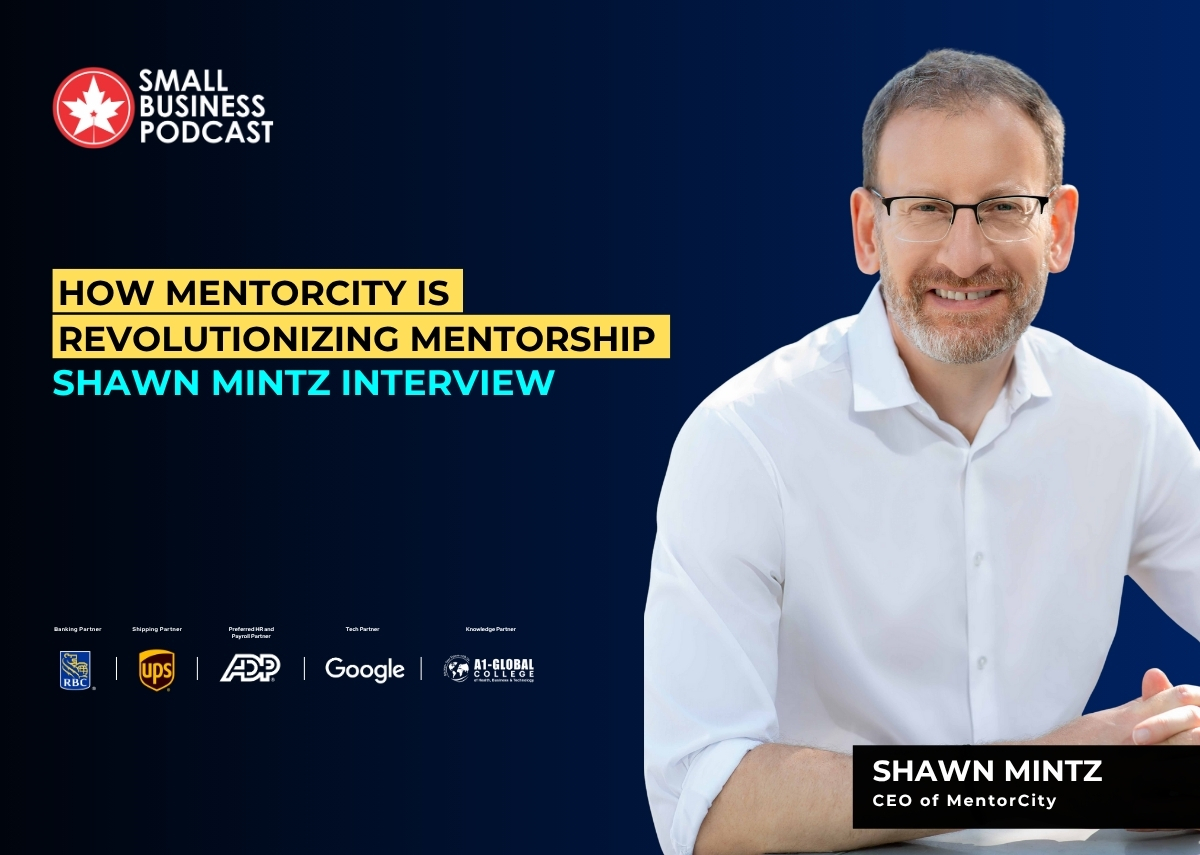Measuring the Return on Investment (ROI) of your mentoring program is easy when you have connected mentoring to specific business objectives for your members or to employee recruitment and retention programs. In these cases, you can directly calculate the revenue earned versus the costs saved as a result of your mentoring program.
However, when your objective for introducing a mentoring program is career development, succession planning, diversity and inclusion or leadership development, calculating the ROI is a little less straight-forward. In these cases, you need to conduct surveys at the beginning of the program, at the end of each mentoring relationship and one-year on in order to effectively demonstrate results and measure the ROI.
For example, here are simple survey questions that can be used to track and compare results of a mentoring program designed to support career development.
Before starting a mentoring relationship:
- Do you have a clear understanding of your career direction? Yes/No
Upon completing a mentoring relationship:
- As a result of this mentoring relationship, do you have a better understanding of the opportunities that suit your skills and interests? Yes/No
One-year after completing a mentoring relationship:
- Do you feel that your career has progressed in the right direction? Yes/No
To determine your mentoring program ROI using these questions, start by calculating the percentage of ‘Yes’ responses to each question to determine the impact of your mentoring initiative. For example, if 20% of respondents said ‘Yes’ to the ‘before starting a mentoring relationship’ question, and 80% of respondents said ‘Yes’ to the ‘one-year after completing a mentoring relationship’ question, then your program helped 60% of participants in their career development.
Those 60% of participants who feel that their career has progressed in the right direction are also likely more satisfied in their career. It’s a logical conclusion then, that this was as a result of your mentoring program, meaning those participants are also more likely to stay with your organization long-term and tell others about the benefits of working for your organization.
With those results, you can now calculate a more concrete ROI because happy employees are less likely to look for work at other companies, meaning higher retention and lower recruitment costs.
Resource:
- ROI calculator and mentoring program proposal template
Media: Media Download





